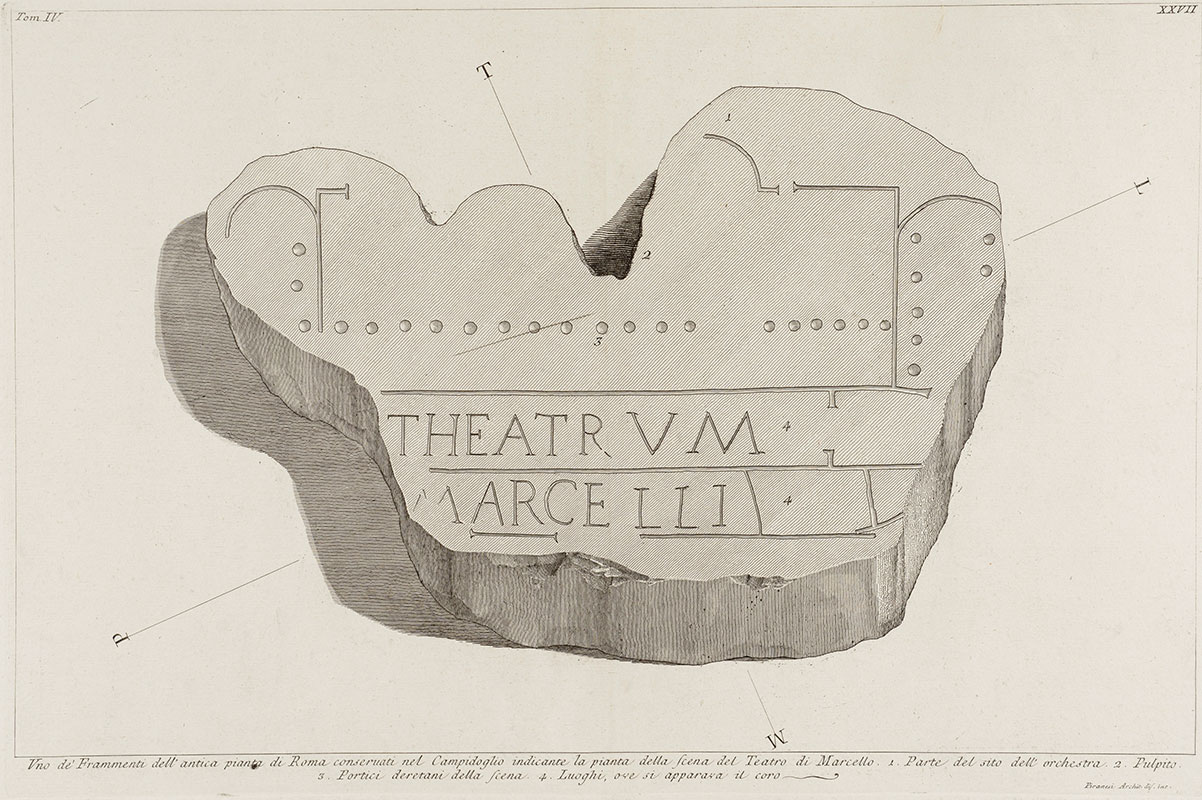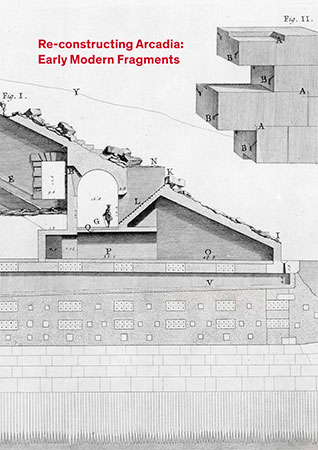—

exhibition Details
The 18th century cultural landscape was strewn with fragments. Violent revolutions in America (1775–83) and France (1789) ruptured pre-existing social structures, and the scientific and philosophical Enlightenment spread across Europe, radically challenging how people viewed the world. Re-emerging from the rubble of the disrupted past, while also hovering on the precipice of the modern era, the 18th century found its inspiration in the fragment.
The ancient ruins uncovered at Volterra (1728), Paestum and Herculaneum (1738) brought classical fragments to the fore of the 18th-century imagination. The surviving remnants of a lost, venerated civilisation, antiquarian fragments offered the turbulent 18th-century society a portal to an evocative past. Remnants of temples, statues and classical texts were collected and reassembled in new configurations by collectors, restorers, printmakers and printed in encyclopaedias for both scholarly pursuits and leisure.
Signifying a lost past yet also igniting the imagination of the present, the classical fragment was incorporated within the rubble of post-Enlightenment society: eternal in its incomplete state, the fragment presented boundless possibilities for a society on the precipice of fundamental change.
- Date
- —
- Curated by
- Emma Jameson
- Location
- Mezzanine level
